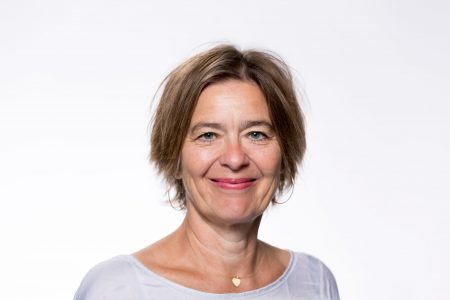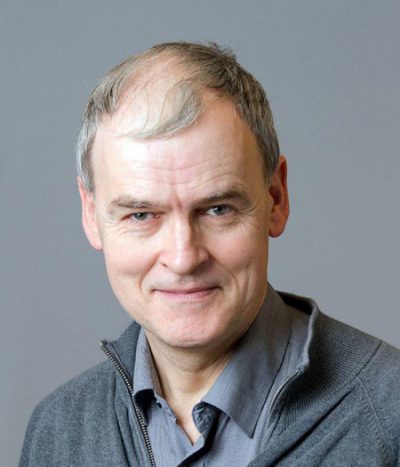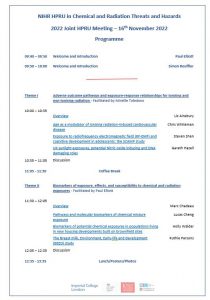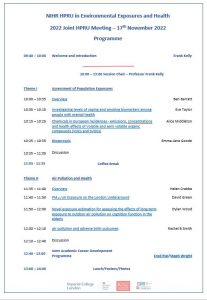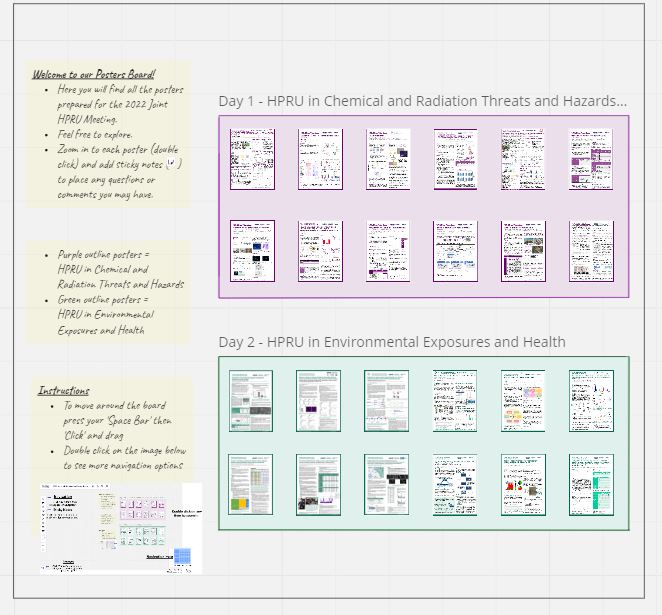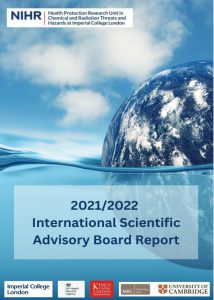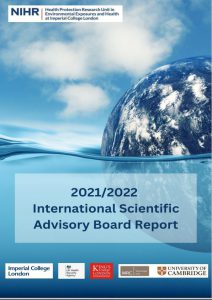Welcome and Introductions - Directors
International Scientific Advisory Board
Prof Jonathan M Samet
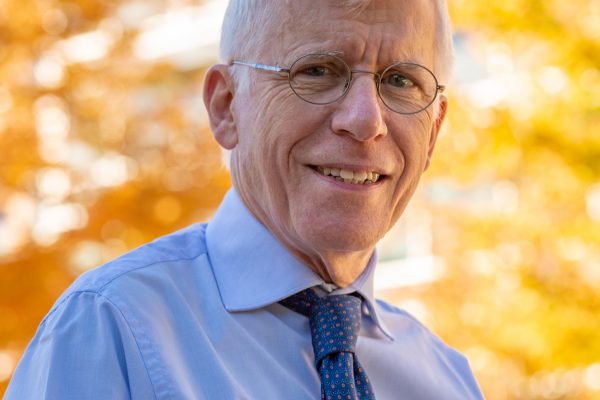
Dean of the Colorado School of Public Health
A pulmonary physician and epidemiologist by training, Dr Samet is Chair of the Joint International Scientific Advisory Board for the MRC Centre for Environment and Health and the NIHR Health Protection Research Unit in Environmental Exposures and Health and the NIHR Health Protection Research Unit in Chemical and Radiation Threats and Hazards at Imperial College London.
Dr Samet’s research focuses on the health risks of inhaled pollutants – particles and ozone in outdoor air and indoor pollutants including second-hand smoke and radon. He has also investigated the occurrence and causes of cancer, and cardiovascular and respiratory diseases. For several decades, he has been involved in global health, focusing on tobacco control, air pollution, and chronic disease prevention. Moving from epidemiological research findings to action has been a major thrust of his career.
Dr Samet has served on and chaired numerous committees of the U.S. National Research Council and Institute of Medicine, and chaired the Clean Air Scientific Advisory Committee of the U.S. Environmental Protection Agency and the Food & Drug Administration’s Tobacco Products Scientific Advisory Committee. Dr Samet received the Surgeon General’s Medallion in 1990 and 2006, the 2004 Prince Mahidol Award for Global Health awarded by the King of Thailand, and the 2016 Fries Prize. He is a member of the National Academy of Medicine.
Prof Ana Navas-Acien
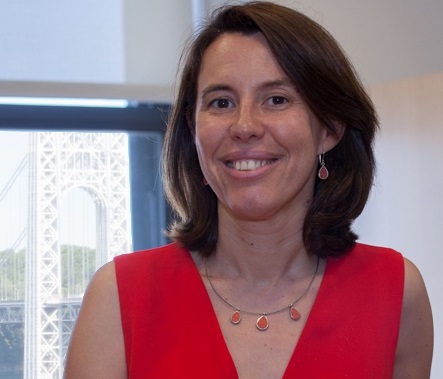
Vice-Chair of Research in the Department of Environmental Health Sciences at Columbia Mailman School of Public Health
Ana Navas-Acien is a Professor and Vice-Chair of Research in the Department of Environmental Health Sciences at Columbia Mailman School of Public Health. She is a physician-epidemiologist (MD, University of Granada, Spain ’96) with a specialty in Preventive Medicine and Public Health (Hospital La Paz, Madrid ’01) and a PhD in Epidemiology (Johns Hopkins University ’05). Her research investigates the health effects of environmental exposures (metals, tobacco smoke, e-cigarettes, air pollution), molecular pathways and gene-environment interactions, and effective interventions for reducing involuntary exposures and their health effects.
She is Director of the Columbia Northern Plains Superfund Research Program, Scientific Director of the Multi-Element Trace Analysis Laboratory (METALab), and Faculty Director of the Program to Inspire Minority and Underserved Undergraduates in Environmental Health Sciences Research (PrIMER) at Columbia University.
She serves as PI of environmental studies in the Strong Heart Study, a study of cardiovascular disease and its risk factors in American Indian communities; the Multi-Ethnic Study of Atherosclerosis (MESA), a study of cardiovascular, metabolic and lung disease in urban settings across the US; the Trial to Assess Chelation Therapy 2 (TACT2), a clinical trial about the benefits of metal chelation; the VapeScan Study, a study of young adults from New York City; and India-FOCUS, a study evaluating risk factors for chronic kidney disease of unknown origin as part of the CURE consortium.
She serves in numerous scientific, editorial and community-based committees and boards, including serving as chair of the Kidney, Diabetes and Digestive Disorders NIH study section. Her goals are to contribute to the reduction of environmental health inequalities in disproportionately exposed populations.
Prof Daniel Greenbaum
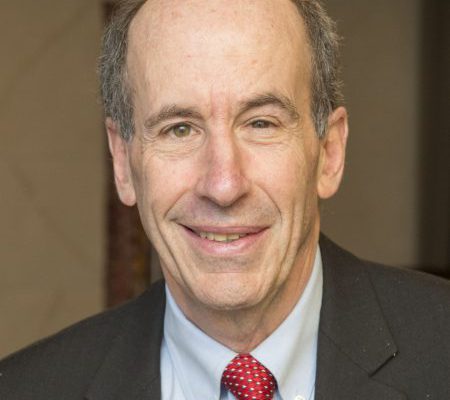
President and Chief Executive Officer of the Health Effects Institute
Dan Greenbaum is President and Chief Executive Officer of the Health Effects Institute (HEI). In that role, Greenbaum leads HEI’s efforts, supported jointly by government and industry, to provide public and private decision makers – in the US, Asia, Europe, and Latin America – with high quality, impartial, relevant, and credible science about the health effects of air pollution to inform air quality decisions in the developed and developing world. HEI is a lead contributor to the Global Burden of Disease for Outdoor Air Pollution and publishes The State of Global Air report and website each year.
Greenbaum has been a member of the U.S. National Academies Board of Environmental Studies and Toxicology and vice-chair of its Committee for Air Quality Management in the United States. He currently serves on the NASEM Committee for the Environmental Health Matters Initiative, recently chaired the NRC Committee reviewing the US National Assessment of Climate Change and Human Health, and is now chairing a NASEM Committee on Anticipatory Research for EPA. In May, 2010, Greenbaum received the Thomas W. Zosel Outstanding Individual Achievement Award from U.S. EPA for his contributions to advancing clean air; in June 2017 he received the Haagen Smit Award from the California Air Resources Board for his and HEI’s contributions to air pollution science and policy.
Greenbaum has over four decades of governmental and non-governmental experience in environmental health. Just prior to coming to HEI, he served as Commissioner of the Massachusetts Department of Environmental Protection where he was responsible for the Commonwealth’s response to the Clean Air Act, as well as its award-winning efforts on pollution prevention, water pollution and solid and hazardous waste. Greenbaum holds Bachelors and Masters degrees from MIT in City Planning.
Prof Ellen Fritsche
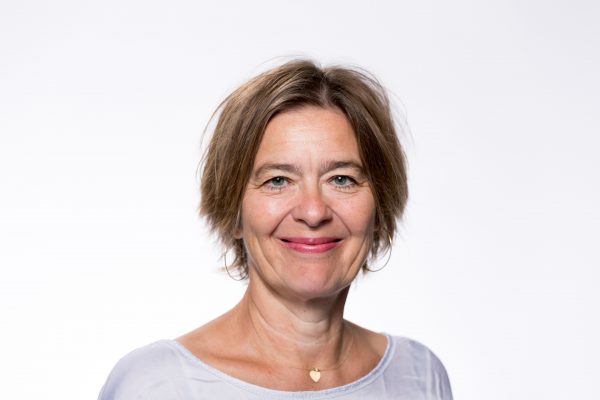
Professor at the Heinrich-Heine-University in Düsseldorf, Germany
Ellen Fritsche, MD, is a full University Professor at the Heinrich-Heine-University in Düsseldorf, Germany and working group leader of the group ‘Alternative method development for environmental toxicity testing’ at the IUF – Leibniz Research Institute for Environmental Medicine. In addition, she holds a Guest Professorship at the Zhejiang Chinese Medical University in Hangzhou, China. She is a medical doctor by training and habilitated in environmental toxicology. Her research focuses on 2 topics, namely (i) elucidation of molecular mechanisms causing developmental, neuro- as well as developmental neurotoxicity, and (ii) establishment, scientific validation and application of in vitro alternative methods for developmental, neuro- as well as developmental neurotoxicity.
She has more than 20 years of experience in toxicological sciences including mechanistic studies and more than 15 years of experience in the development of new approach methods in vitro. She has been coordinating several international research projects, including the EFSA-DNT project for application of a developmental neurotoxicity (DNT) in vitro battery for regulatory purposes. She participates in two H2020 projects, ENDpoiNTs and ONTOX where she serves as Work package leader and the Horizon Europe project PARC.
She is a member of the German MAK commission (Health Hazards of Chemical Compounds in the Work Area), the DNT in vitro OECD Expert Group producing a Guidance Document for the DNT in vitro battery and the scientific advisory group for this guidance document. She authored more than 90 publications in international peer-reviewed journals (h-index in Research Gate: 43), scientific opinions and book chapters. She is editor-in-chief of the journal Frontiers in Neurotoxicology. Recently, she founded the start-up company DNTOX – providing in vitro assay services for safety assessment.
Dr Mark Little
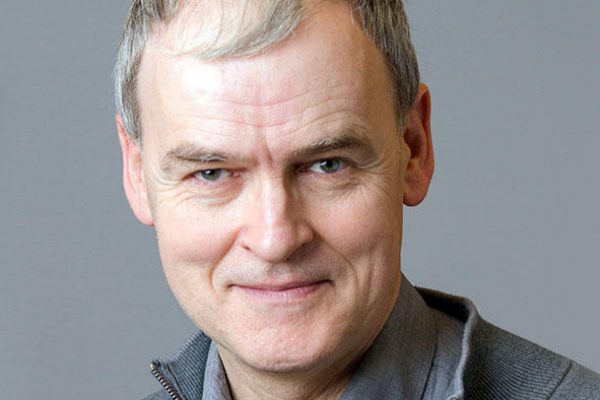
Senior Investigator, National Cancer Institute
Dr Mark Little joined the National Cancer Institute, Radiation Epidemiology Branch (REB) in 2010 as Senior Scientist, becoming a Senior Investigator in 2012. He studied mathematics at Trinity College, Cambridge and obtained his doctorate in mathematics at New College, Oxford. Over the last three decades he has been analysing cancer and cardiovascular disease risks in the Japanese atomic bomb survivors, and in other irradiated populations and offspring. Previously (2000-2010), he worked in Imperial College London, and before that (1992-2000) at UK National Radiological Protection Board (now part of the UK Health Security Agency).
He is a member of Council of the National Council on Radiation Protection and Measurements (NCRP) and Program Area Committee 1, and has served as consultant to the United Nations Scientific Committee on the Effects of Atomic Radiation, to the International Atomic Energy Agency, to the International Committee on Radiological Protection (ICRP) (in particular as member of ICRP Task Groups 91, 119 and 122), to the UK Committee on the Medical Aspects of Radiation in the Environment, and to various NCRP committees (those responsible for writing Commentary 24 and Report 186, also SC 1-28).
In REB, Dr. Little is working on assessment of leukaemia risk in persons exposed at low doses and dose rates, cancer risk in various cohorts of persons exposed as result of the Chernobyl accident, on risks of various health endpoints in the US cohort of radiologic technologists, and on treatment-related second cancer risks in various populations. He has particular interests in machine learning methods and dose measurement error models, with application to assessment of low-dose and low-dose-rate risk of childhood leukaemia, circulatory disease and cataract. He has over 380 publications in the peer-reviewed literature.
Dr Mark R Sambrook
Affiliation: CBR Division, Defence and Technology Laboratory, Salisbury, United Kingdom
Key areas of expertise: chemistry, detection and decomposition of high-toxicity chemicals/chemical warfare agents
2022 Joint HPRU Meeting Programme
(Click on presentation title within the meeting programme to view abstracts and bios)
Poster Presentations Board
Welcome to our 2022 Joint HPRU Meeting Poster Board
Click on the image on the right to explore all the posters prepared for this meeting.
Zoom into the poster board to view the instructions (left panel) and make sure to add any comments or questions you have for the authors.
2022 Joint HPRU ISAB Reports
NIHR HPRU in Chemical and Radiation Threats and Hazards
NIHR HPRU in Environmental Exposures and Health




